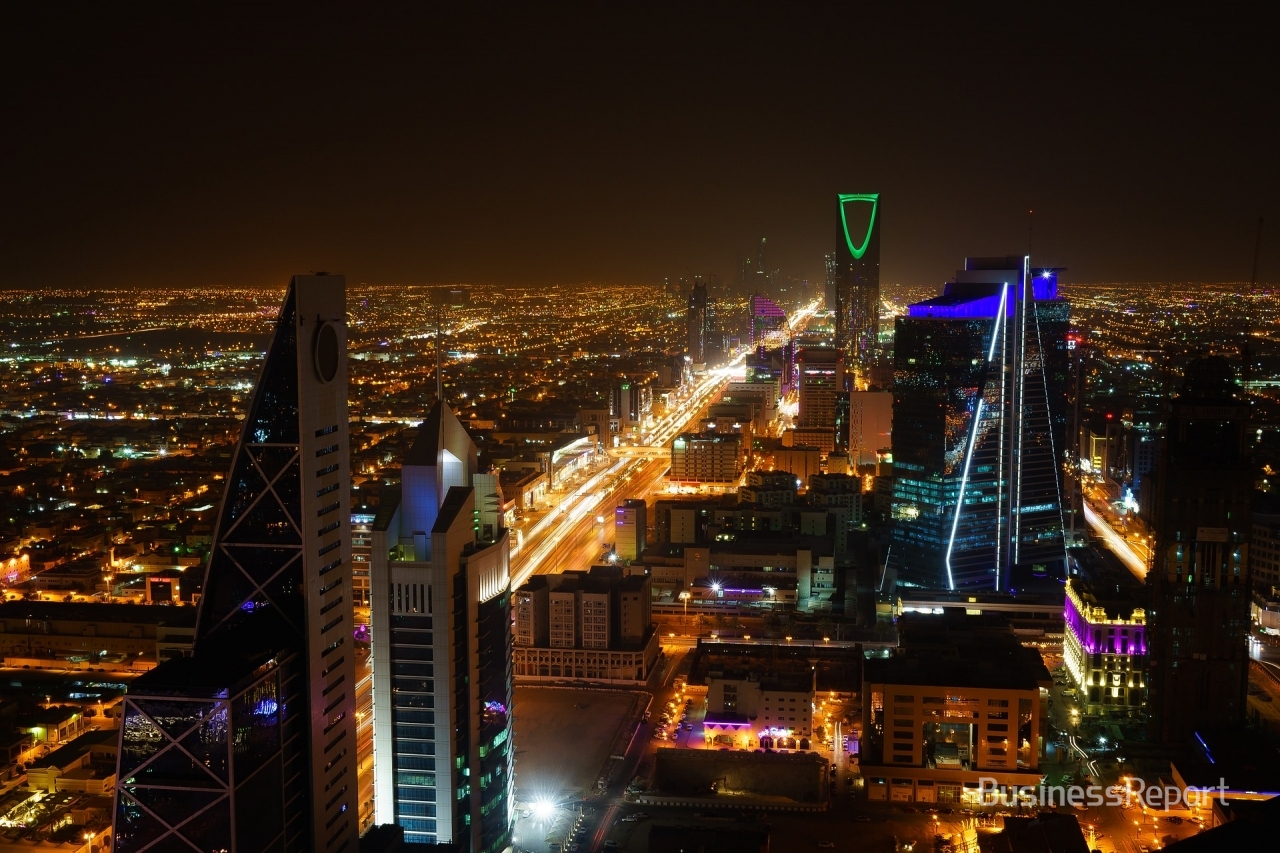
By Editor-in-chief Jae-hong Kim / Editorial Writer Soojin Cho / Editorial Writer Jeong-won Moon
Saudi Arabia's Crown Prince and Deputy Prime Minister Muhammad bin Salman, 34, will visit South Korea on Wednesday. This will be the Crown Prince’s first visit to South Korea since Moon Jae-in became president. It also marks the first time in 21 years that an heir apparent to the throne of Saudi Arabia has visited the country, the last being Crown Prince Abdullah in 1998. The visit is raising hopes for greater economic cooperation between the two countries. Saudi Arabia is the first country in the Middle East that Korean domestic construction companies and heavy industries entered during the 1970s and 1980s.
The successful results in construction and civil engineering projects, made possible by the sweat and toil of Korean laborers in the barren desert of the Middle East, are still seen as a symbol of the close relationship and economic cooperation of the two countries today.
Through bilateral cooperation at that time, South Korea was able to procure foreign currency, which was the foundation for the so-called "Miracle on the Han River". In return, Saudi Arabia was able to develop and modernize by achieving successful construction of key national infrastructure facilities.
The close and fruitful bilateral economic cooperation which was unbiased towards the interests of either country is still considered a model case by the international community. However, relations between the two countries go back much further than the events of the 1970s and 1980s, with blood and trade being shared throughout the centuries.
The `Doksu Jang Clan’ of South Korea can trace their origins back to Arabia, when a Muslim official was naturalized and granted their official surname by the king at that time. The clan has thrived over the years with approximately 300,000 descendants. In light of this, the Global Digital Economy Newspaper (Business Report) will feature a special article titled "Korea-Arabia, We Are Brothers" on the occasion of Saudi Crown Prince Bin Salman's visit to Korea on June 26.
The article will highlight the trade and cultural relationship that Korea and Saudi Arabia have shared like brothers over the centuries and also look towards a bright, friendly future.
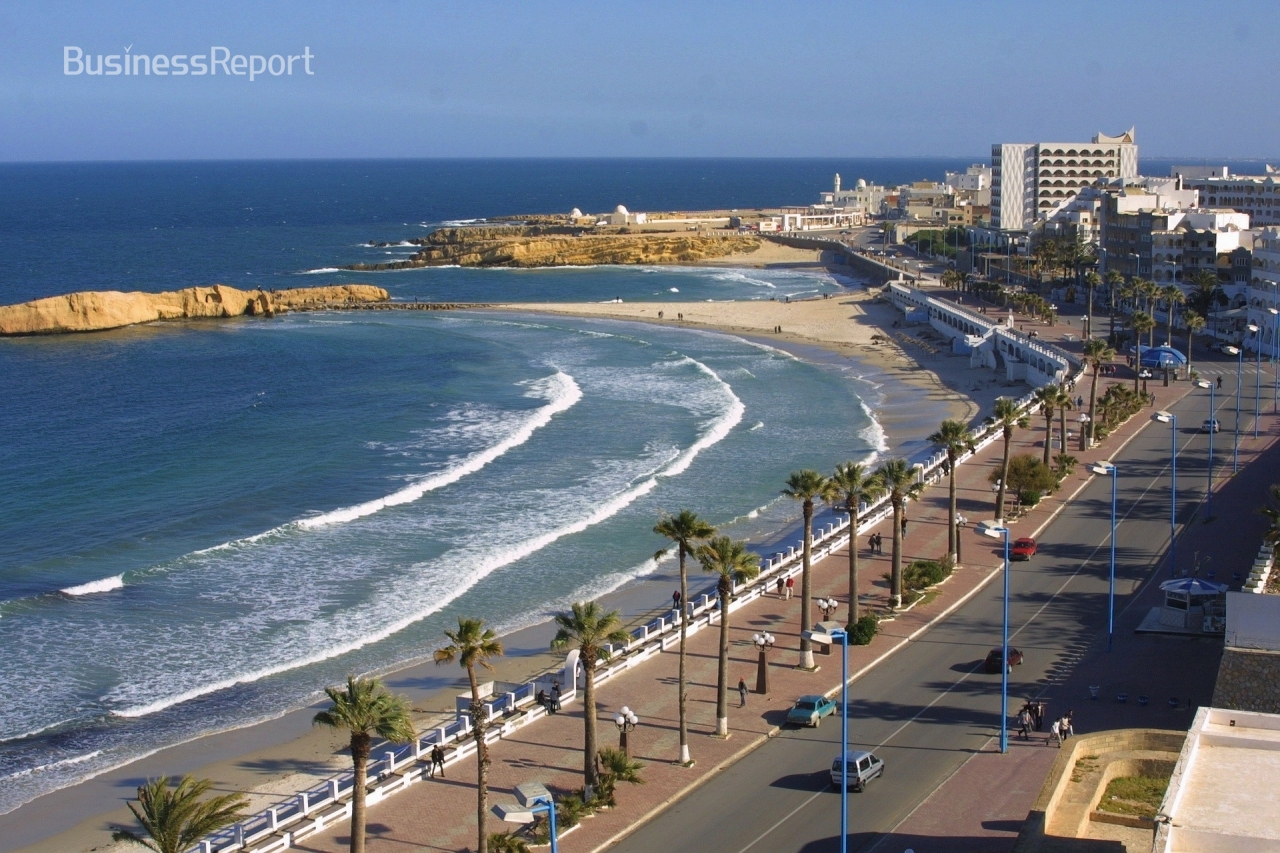
The first documented relations between the two countries began in the 6th century when Arabian merchants first stepped foot on the Korean peninsula. These trade relations continued through the Goryeo and Joseon periods, and the Kingdom of Saudi Arabia also helped during the Korean war of 1950-53 by providing supplies.
Relations between Korea and Arabia were made possible by the Kkngdom of Baekje during the Three Kingdoms Period. Baekje won the war against Goguryeo in the middle of the fourth century which allowed them to seize control of the Yellow Sea territory. This paved the way for future Arabian merchants to come to the Korean Peninsula by exploring sea routes to Northeast Asia, Southeast Asia and India.
It was during the Silla Dynasty in the 6th century that Arabian merchants first began to travel to and from the Korean Peninsula. Arabian merchants who visited the port of Ulsan said Silla "has no plague, the water is good, the land is greasy, the people are innocent and the nature is beautiful." Arabian merchants saw Silla as an "ideal country” and it is recorded that "The land of immortality [Silla] is an ideal nation that I would like to visit once." From that time on, Arabic merchants called it Al-Shilla, Kaoli, and in modern terms Silla is called Korea.
After the kingdom of Silla conquered the other two kingdoms of Baekje and Goguryeo, the Unified Silla period of Korean history began. During this time commercial trade flourished quickly as more ships traveled to the Korean Peninsula. This was mainly due to the establishment of the international trade port of Ulsan Unified Silla encouraged global trade by establishing trade links with Tang China, and trading routes throughout the Yellow Sea, the Southern Ocean and East China Sea. Due to the ease of trade and exchange, Wabidan, a Persian prince who was defeated in the 7th century (224-651) came to Silla in 651 and lived there for 20 years before returning to Baghdad to restore his monarchy. ("Arab librarian", 1230).
Between the 9th century and the early 10th century of the Silla Dynasty, 40,000 to 70,000 foreigners lived in the outskirts of the capital city, Boryando, most of them Muslim merchants. Later during the Goryeo Dynasty, Islamic merchants traded actively throughout the 11th century helping to inform the world of the existence of Goryeo.
During the Joseon Dynasty, there was less trade than before, but the naturalization of Arabian merchants continued. Following the Goryeo Dynasty, the Joseon Dynasty also gave special honors to Arabian merchants, including giving them government posts along with their Korean surnames. They were also given homes where they could live in their traditional way of life.
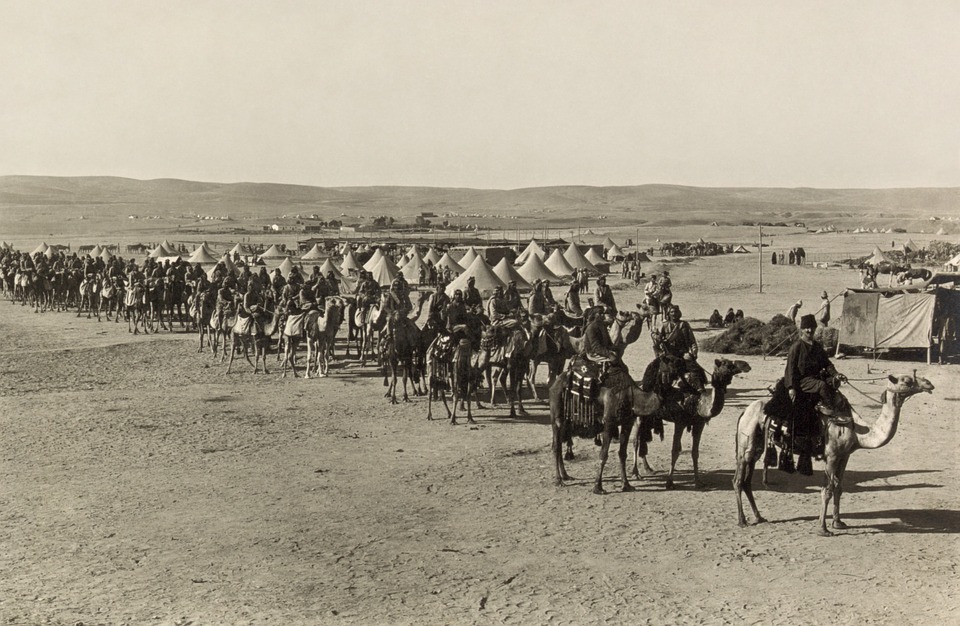
During King Taejong's reign (1400-1418), the Muslim "Road" desired to bring his family to live in Korea, so the King provided a house for him to live in. The Muslim “Road" is recorded in the Annals of the Joseon Dynasty as a synagogue editorial, which refers to the clergy. It is also recorded in the Joseon Dynasty's Annals of the Early 15th century that when Muslim envoys attended court ceremonies they celebrated using their own religious rituals, and recited the Quran to pray for the king's good fortune and the well-being of the nation. In the 20th century, during the Korean War several Islamic countries supported South Korea, these included; Ethiopia with 1,200 troops and Turkey with 4,500 troops. Although Saudi Arabia did not send fighting troops, it helped supply South Korea with much needed supplies.
In recognition of the role Islamic nations and war veterans played during the war of 1950-53, the Korean government provided 1,500 pyeong of land in September 1970 for the construction of Seoul Central Mosque in Itaewon.
# Arab migration and exchange of Koreans
But the flow of culture and trade between the two nations was not just one way. Koreans first moved into Muslim Central Asia in the 8th century and fought alongside the Tang Dynasty to try and remove the hegemony of the Abbasid Caliphate in the region. This culminated in the Battle of Talas River, where a general from Goryeo named Yumin along with between 20-30,000 Korean mercenaries were killed and the Tang dynasty were defeated.
The second migration of Koreans to Arabia was in the early 20th century. Koreans living without sovereignty during the Japanese colonial period of Korea (1910-1945), were sent to work as forced laborers in the Maritime Province of Korea. In 1937, Stalin mandated that approximately 175,000 ethnic Koreans be forcibly relocated to parts of Central Asia, including the Muslim countries of Kazakhstan and Uzbekistan.
Later during the 20th century, the oil shocks of the second half of the 1970’s caused a `construction boom’ in Middle Eastern oil producing nations. South Korea, poor at the time due to the aftermath of the Korean War, sent approximately 200,000 workers annually from the late 1970’s to the mid-1980’s to the region, particularly Saudi Arabia. South Korea sought to make inroads into foreign markets through sending talented, committed workers. During that time the number of Korean workers who visited Saudi Arabia reached at its peak approximately 5 million. Due to this exchange of manpower for foreign currency and the hard work and sweat of Korean people Korea’s remarkable economic growth was born.
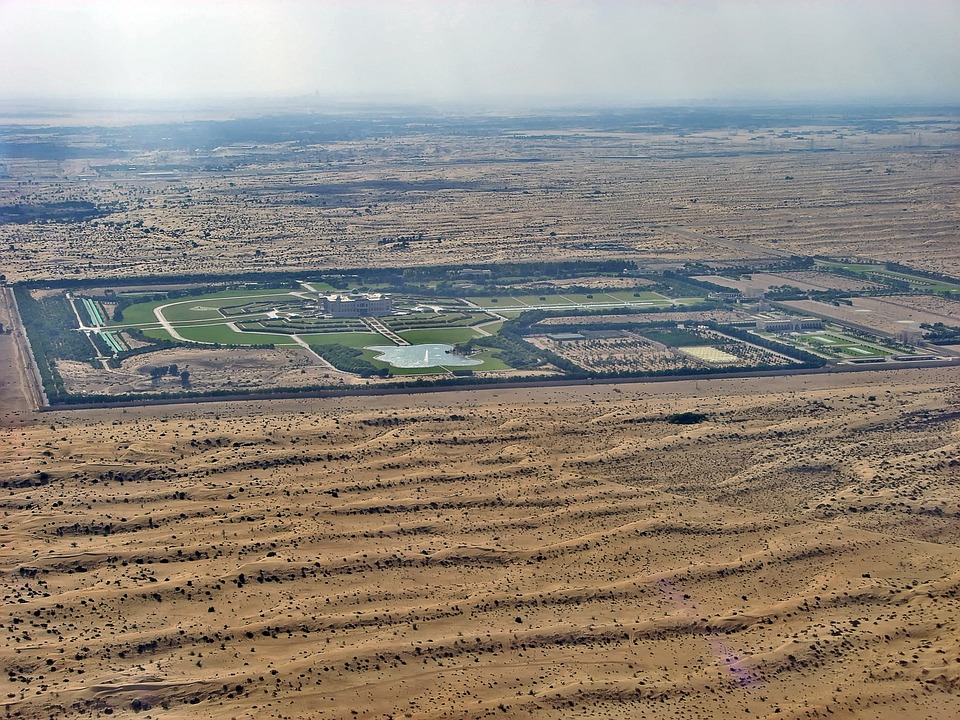
# History of naturalization, the first naturalized Arabian 'Doksu Jang'
The centuries old relationship between Korea and Arabia, is also a history of naturalization. From the 9th century to the late 10th century, about 40,000 to 70,000 foreigners lived in Boryando, Korea mostly Muslim merchants.
According to the records of the Song Sa, a librarian from the Chinese Yuan Dynasty, 170,000 people were naturalized during the first hundred years of the Goryeo Dynasty. At that time, nearly 8% of the 2 million people in Korea were naturalized.
In history books from the Goryeo Dynasty, it is written; "In the 15th year of the Goryeo Dynasty, 100 Muslim merchants were naturalized, 100 in 1025 and 100 in 1047 were allowed to enter.” There were a lot of merchants, there were worshipers, and they also participated in the national events at the palace. "
There are of course, people of Arabian descent living in Korea today. According to the history of Goryeo, the royal princess Jeguk, daughter of Kublai Khan entered Goryeo with her father to marry King Chungryeol of Goryeo. Goryeo at that time was unable to exercise any independent diplomatic power, and so the marriage took place. Her father, a high ranking government official of the Yuan Dynasty of China was the first Arabian person to become a naturalized person of Korea. He was given the name Jang Sun Ryong by the king. It is estimated that here have been by today an estimated 300,000 naturalized people that can be traced back to Jang Sun Ryong and the Doksu Jang Clan he founded.
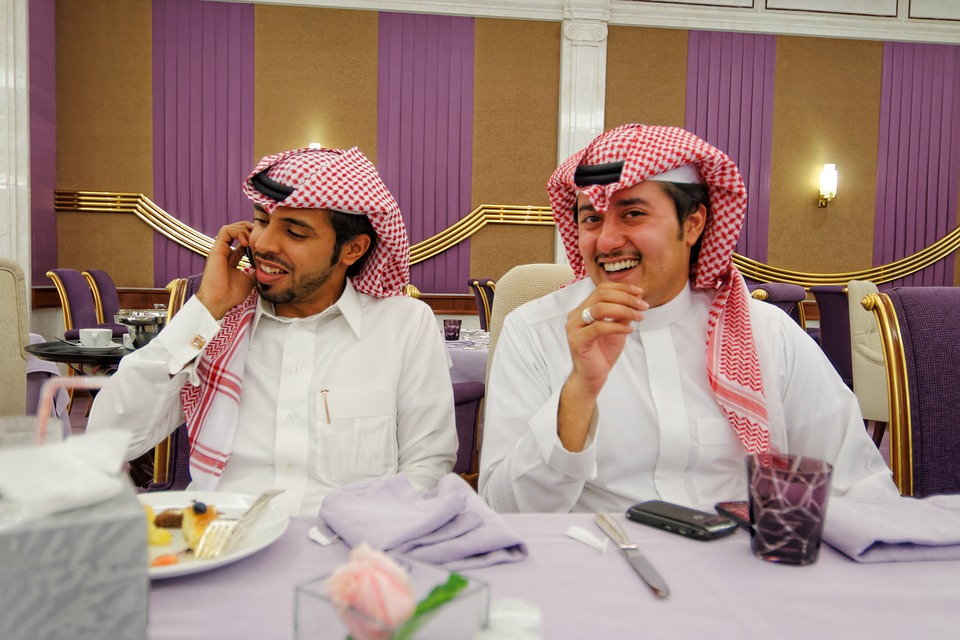
Minbo, another Arabian naturalized in Goryeo during the reign of King Chungryeol, became victorious in the army and served as personal envoy for King Chungryeol, to Yuan four times. He later became the ruler of Pyongyang during the reign of King Chungseon.
Aside from Doksu Jang clan, there are many other Arabian descendants whose ancestors were not granted an official surname by a king of Korea. It is speculated that the number of people of Arabian descent is very large, however no official statistics exist.
# DNA of fusion 'History of prosperity'
The ongoing relationship between Korea and Arabia since the 6th century is a rich history of convergence and prosperity. From the maritime trade eras of Silla and Goryeo, right into the modern 20th century, the two countries of Korea and Saudi Arabia have shared in economic success.
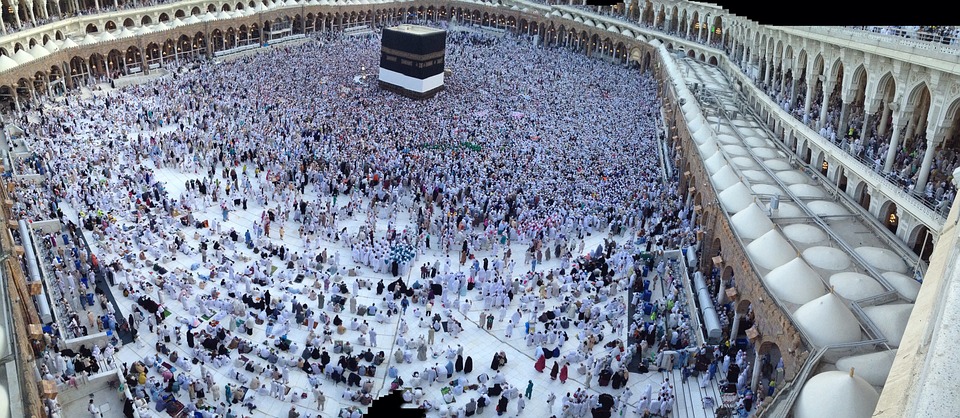
The South Korean government expects the visit by Crown Prince Bin Salman will strengthen the relationship and practical cooperation with Saudi Arabia in various fields. Beyond traditional cooperation such as construction, infrastructure and energy, the government plans to actively expand human exchanges between the two countries in addition to industries such as information and communication technology, nuclear power plants and eco-friendly cars. Lee Jong-cheon, president of the Korea-Saudi Friendship Society, said, "Arabic descendants of Arabs living on the Korean Peninsula have similar DNA so they can adapt to Saudi Arabia quickly. The Arabian descendants living on the Korean Peninsula are big assets in exchange and cultural and territorial expansion with Arabia," he said. "If Korean businessmen with commercial DNA participate in Saudi Vision 2030 and make and export 'Made in KSA' products to the world, I am sure the two countries will prosper as history has taught us."
By Editor-in-chief Jae-hong Kim / Editorial Writer Soojin Cho / Editorial Writer Jeong-won Moon / E-Mail = pressbr@naver.com


